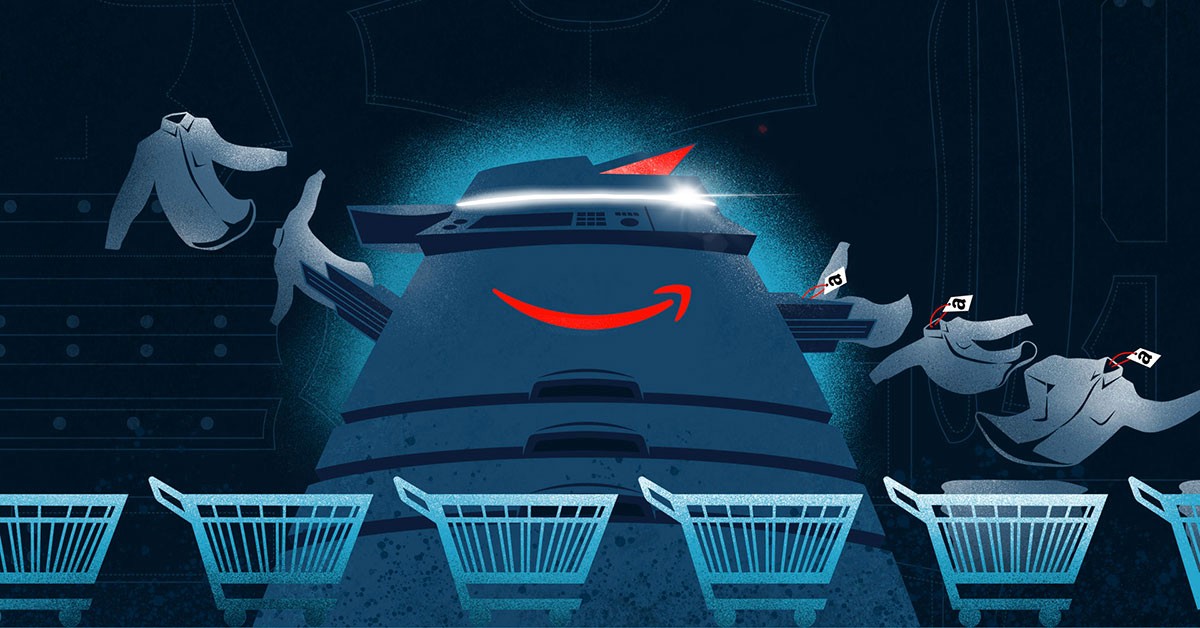
Amazon is attacking financial services from every angle, from payments and loans to insurance and checking accounts, without even seeking to be a traditional bank. We lay down how these measures affect retailers and consumers in this paper. We also look at Amazon’s different projects, including everything from cashier fewer payment terminals to seller health insurance. It is essential to know about amazon competitors’ analysis and earn high profits.
While the expectation for Amazon’s foray into banking grows with each passing year, it’s critical first to understand Amazon’s current financial services strategy – what the firm has launched and created, where it is investing, and what recent products reveal about Amazon’s future objectives. As a result, the firm has developed and marketed products that are designed to:
- Increase the amount of Amazon merchants and allow each one to sell more.
- Increase the amount of Amazon customers and allow each one to spend more.
- Reduce any friction in the purchasing and selling process.
- In the meantime, Amazon has made several fintech investments, most of which are focused on international markets (such as India and Mexico), where partners may help Amazon achieve its key strategic goal.
- In the end, these product development and funding decisions demonstrate that Amazon isn’t attempting to create a universal bank. Instead, Amazon has adjusted the essential elements of a modern banking experience to suit Amazon customers (both merchants and consumers).
In a sense, Amazon is forming its bank, which may be an even more exciting event than the company’s decision to open a deposit-taking bank. Amazon’s product plan includes a foray into financial services.
Get to know in detail about Amazon marketplace analysis
Amazon is known for hedging its risks before launching a new product, and the financial services industry is no different. The company has established critical economic pillars in payments, cash deposits, and loans through trial and error. All are connected to Amazon’s broader business and product strategies.
- Amazon Payments is a service provided by Amazon.
Over the last few years, Amazon has made significant investments in payment infrastructure and services. Given how closely the payments experience is linked to Amazon’s core e-commerce operation, this is predictable. A top objective for Amazon is to make payments more cash-efficient and frictionless for customers.
- Amazon Pay is a payment network and digital wallet.
Amazon Pay has grown to encompass a digital wallet for customers and a payments network for both online and offline businesses. Amazon has been investing in the Amazon Pay marketplace since 2019, including forging collaboration with acquiring bank Worldpay. While Amazon Pay is the business’s most recent payment version, the company has experimented with payment features for more than a decade. The following is a timeline of important Amazon Pay milestones:
Improve Amazon payment experience
Amazon has strengthened its payments experience over the last few years by launching digital wallets through Amazon Pay, acquiring tech talent from failed mobile payments startup GoPago, building a variety of tech in-house, and, most recently, opening up to partnering with merchant acquirers outside of Amazon’s marketplace. Amazon Pay is the most recent iteration, which offers a digital wallet for customers and a payment network for both online and offline merchants and shoppers.
Amazon is looking for new methods to entice shops to join the Amazon Pay network. The business announced that it would pass on to retailers who utilize Amazon Pay the unique card discounts Amazon receives from card networks (because of the number of purchases they can guarantee). A classic customer acquisition technique in Amazon’s repertoire is using scale and competing fees.




